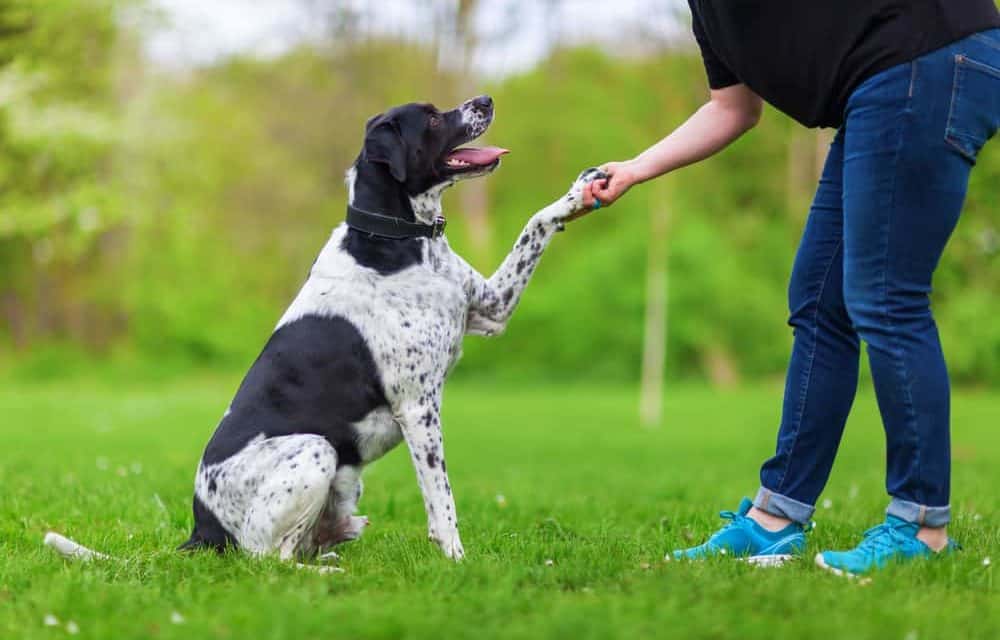A good canine citizen is a well-mannered dog. And a well-manned dog can be taken anywhere and loved by all. Puppy school and further dog training will help your dog to become a good canine citizen in your community.
Beware! There’s a lot of outdated and incorrect advice on the Internet about dog training, which may do more harm than good to your dog. How you train your dog has a profound effect on how the dog learns, their attitude to training and their relationship with you. Cathy Beer uncovers 3 common myths in dog training.
Myth 1: If it’s a dog training class they must know what they are doing, right?
Well, not necessarily! Dog training is unregulated in Australia, anyone can call themselves a dog trainer and set up classes. Trainers do not have to be transparent about how they describe their methods.
A ‘good’ dog trainer is someone who has qualifications in positive reinforcement methods, has a thorough knowledge of how dogs learn and use this to assist dog owners to achieve their aim of a well-mannered and happy canine companion.
Myth 2: You have to be the pack leader and enforce the ‘pack rules’ to train your dog
You don’t have to be alpha, dominant or pack leader when dog training or managing your dog! The widespread misconception that dogs form packs because they are descended from the wolf became fashionable during the 1980s and 1990s. The notion is that dogs form packs, not just with other dogs, but with their human owners, and will try to raise their status over them.
In fact, the latest canine science has proved that the pack theory is flawed. While dogs evolved from wolves, they are now significantly different animals. Research has shown that wolves in the wild do not form packs, instead, they have cooperative family units with the breeding pair who look after and guide their young.
All we need to be is an owner responsible for guiding our dog and influencing his behaviour through socialising and training him to live in harmony with our community.
Myth 3: Dogs must be punished for bad behaviour
So, what is bad behaviour? If your dog is demonstrating undesirable behaviour such as jumping up, digging up the roses, barking, toileting on your expensive Persian rug or pulling on the lead – he is not being naughty or trying to dominate you.
There is a reason for every behaviour! If your dog is not following your verbal and hand cues (commands), it could be because you’re inconsistent and the dog is confused. Your dog may have an undiagnosed medical issue. Or, your dog may be suffering from a form of anxiety that requires treatment.
Understand why your dog is displaying unwanted behaviours by learning to read dog body language. Never physically punish your puppy or adult dog for any wrongdoing. Chances are it was your fault anyway! Instead, teach your dog an alternative behaviour using positive methods. Visit your vet and rule out any medical issues first then seek help from a qualified dog trainer.
3 Common myths in dog training sources
Barry Eaton author of Dominance in Dogs? Fact or Fiction?
Karen Pryor author of Don’t Shoot the Dog.
John Bradshaw author of In Defence of the Dogs
Delta Institute of Australia







